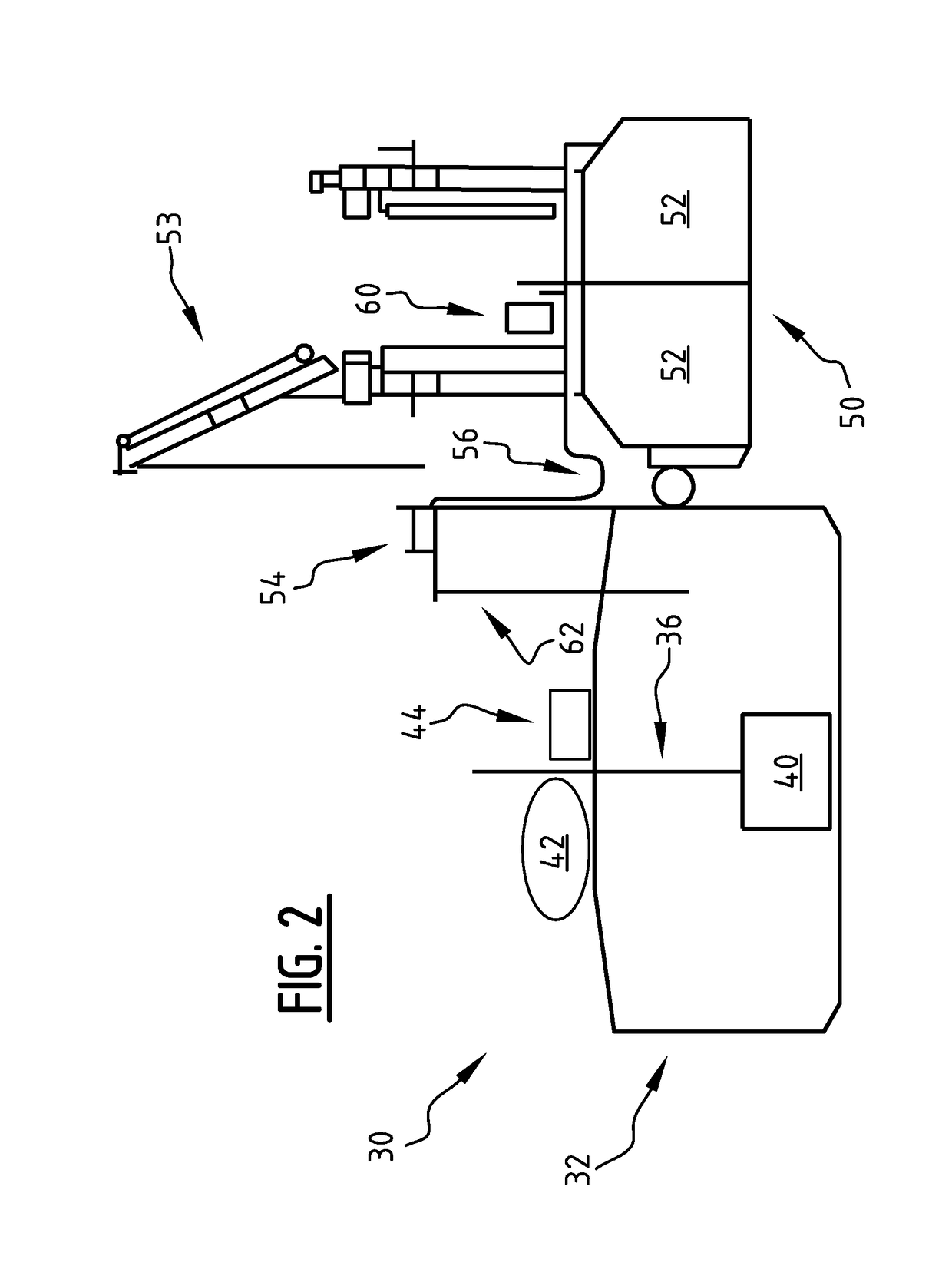Liquefied fuel gas system and method
- Summary
- Abstract
- Description
- Claims
- Application Information
AI Technical Summary
Benefits of technology
Problems solved by technology
Method used
Image
Examples
Embodiment Construction
[0060]LNG is a mixture of hydrocarbon gases, all of which have varied boiling points. Under conditions of ordinary storage in a tank, from which some of the liquefied gas is allowed to boil off, fractionation of the mixture of the gases takes place in the storage tank, due to the different boiling points of the respective gases. The higher boiling point constituents vaporize less readily than those of lower boiling point, which produces a boil-off product having a lower B.t.u. content and a different composition from the liquid inventory remaining in the tank. Examples of LNG composition are provided in the table below, for exemplary compositions of “rich” LNG (i.e. LNG comprising substantial amounts of components heavier than methane, such as Ethane and Propane) and “lean” LNG (comprising modest amounts of heavier components).
[0061]Typical LNG fuel system designs incorporate vapor removal as a means to manage boil off gas (BOG) within an LNG fuel tank. This vapor removal method has...
PUM
 Login to View More
Login to View More Abstract
Description
Claims
Application Information
 Login to View More
Login to View More - R&D
- Intellectual Property
- Life Sciences
- Materials
- Tech Scout
- Unparalleled Data Quality
- Higher Quality Content
- 60% Fewer Hallucinations
Browse by: Latest US Patents, China's latest patents, Technical Efficacy Thesaurus, Application Domain, Technology Topic, Popular Technical Reports.
© 2025 PatSnap. All rights reserved.Legal|Privacy policy|Modern Slavery Act Transparency Statement|Sitemap|About US| Contact US: help@patsnap.com



